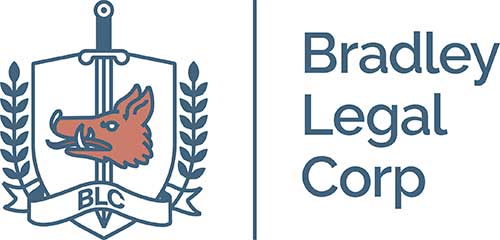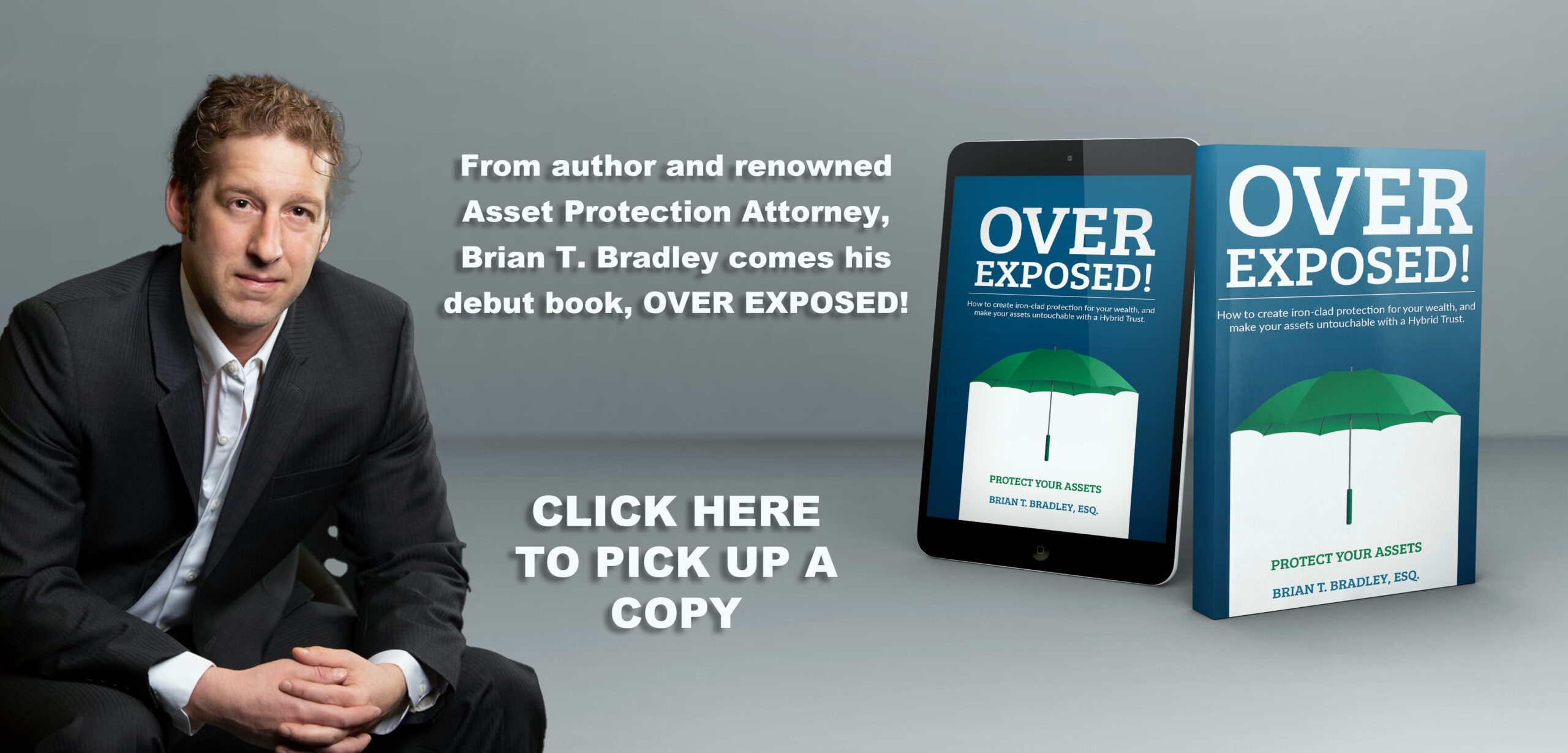Real Estate is one of the most important, and most difficult assets to protect. This is because real estate cannot be picked up and moved away from a lawsuit. The sad fact is that you cannot purely rely on your insurance provider to cover claims when needed. It is also documented that real estate law is the most heavily litigated area of law. But rest assured real estate can be protected just like other assets once you understand certain key concepts of protecting real estate. Asset Protection is important for everyone, but for real estate investors it is even more critical.
Road Map To Asset Protection
Lets go over some of the key concepts of asset protection. When you are driving down the road of asset protection you really have a few stops. The goal at each stop is the same, to get the assets out of your personal name. Each stop has different levels of strength and protection.
The main key concepts to understand are: equity and cash flow, inside vs outside liability, and then the different layers of asset protection. Just like dressing to go outside for winter, you have a base lawyer, which is your LLC, a mid-layer, which is a holding or management company, then your outer shell, which is your asset protection trust.
The First Concept is: Equity and Cashflow
The first big concepts that comes to protecting real estate is that equity and cashflow are what really matters. Not fair market value. Real estate almost always has debt with it. What this means is a building worth $3.5 MM and has $3.2 MM of debt actually has less net – value to the owner of a building that’s worth $650K and is fully paid off. It goes to the saying “Gross value is vanity, net is sanity and cash is king.” Why you care about this for asset protection is because if you have a judgment creditor looking to collect a judgment, they don’t care about the gross value of your property, they care about the net equity that they can get from it today right now and the cash flow. What this means is that debt, if properly used, can protect the value of your property by reducing your equity and making your property less attractive to a creditor. This is because law firms are business and theirs nothing for them to collect on.
Concept number two is: Inside vs Outside Liability
The next concept is understanding inside vs outside liability. Inside liability is liability that comes from inside your business from your business activities. Like having an investment property inside an LLC and somebody gets hurt or the house burns down or theirs a party and somebody gets drunk and drives and kills somebody. The creditors claim is limited to what is ‘inside’ the business. Now if you have one property and one LLC that is fine. But what if you have four properties in one LLC and that LLC gets attacked with a lawsuit. All those houses inside that one LLC are now on at risk.
Outside liability or personal liability is the liability that comes form outside the business from your personal life. For example, hitting somebody with your own car.
The solution is to address both types of liability. The first level is to create an LLC to hold the real estate in. This isolates the inside liability to a single property and insulates the real estate inside the LLC from your own outside liability. We can then scale up this first base layer of protection and add to it as your asset portfolio grows to a full protection strategy. This helps separate the risk from the asset as much as possible and creates layers of protection. But remember, the LLC is just the base layer. It is an entry point.
The third concept is: Separating the Risk from the Asset
This concept focuses on separating the risk from the asset to the greatest extent possible. Fellow Asset Protection Attorney Doug Lodmell uses two good examples to understand this concept. This is the “designated driver” concept. By designating a sober driver, we can isolate the risk for the rest of the guest who decide to have a few drinks at the party. We do the same thing with Asset Protection, we identify and isolate the risk from the valuable assets and make sure they are not in the same place. An example of this is a medical doctor who owns an office building which is worth $1 Million. The doctor’s risk is mostly in the practice where they have employees and see lots of patients every day. The office building, on the other hand, doesn’t create too much risk on its own, but has a significant value of $1 million.
Now, the mistake many people make is to have the office building owned directly by the medical practice. This puts the valuable asset in the same place as the potential risk. If the doctor had a liability arising from his or her practice, a judgment holder could easily reach into that practice and take the $1 million value of the office. The solution is to separate risk and place the office into its own separate LLC. This would also have the benefit of creating a positive tax effect since the doctor would pay the LLC rent for the use of the building, which is deductible by the practice. The rental income would be offset by the expense of the building as well s the depreciation. This same concept can be used to separate the risk of an activity from the value of other assets and is an example of the fundamental concept of protecting assets.
The fourth concept is: Creating Layers of Protection.
It is just like living or dressing for the cold. I have lived in many cold climates. Lake Tahoe, Michigan, Oregon. The best strategy to keep warm while staying flexible to changing conditions is to layer your clothing. A base layer, a mid-layer and an outer waterproof layer.
Layering your protection works extremely well for protecting real estate. The base layer is the Limited Liability Company (LLC). I have written about this and talked about this on many podcasts, and I am sure you all are fairly familiar with them already. But a base-layer alone is almost never enough to keep warm or to protect real estate.
To add to your real estate layered protection, you want to next create a mid-layer. Your mid-layer is your real estate holding company. Your holding company can hold individual LLC’s which in turn hold your various properties. It can also hold non-real estate assets, such as excess cash and securities, or even passive-real estate investments in which you are a limited partner or a member of another LLC.
There are lots of different options for your holding company including a master LLC, a Limited Partnership (LP), and even a corporation. Since my clients tend to be high risk professionals, with higher net worth’s I almost always recommend either an Asset Management Limited Partnership (AMLP), or in some cases a Master LLC. The reason I recommend an AMLP is because of the statutory delineation of ownership between the General Partnership interest and the Limited Partnership interest. This separation has significant legal benefits when you integrate your holding company with the final layer of planning – the Asset Protection Trust.
Concept number five: The Asset Protection Trust (DAPT vs. FAPT)
Asset protection trust come in several flavors and locations. I will break this concept down in more detail in another blog article. If you are impatient, you can listen to a recent podcast feature on BiggerPockets Rookie by clicking this link https://podcasts.apple.com/us/podcast/dont-lose-your-portfolio-to-lawsuits-heres-how-to-protect/id1499646507?i=1000532349196
By: Brian T. Bradley, Esq.
HNW – Asset Protection Attorney
Enjoy the video on Asset Protection in the 21st Century https://vimeo.com/646997050/9f5a490f35


Recent Comments